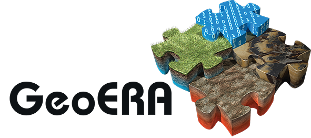The HIKE project aims to stimulate the development of common information repositories and a knowledge sharing infrastructure in order to support induced hazard and risk assessments at the geological survey organizations and other research institutions
A synopsis of the achievements, results and background of the HIKE project can be read here. The data and functionality can be accessed through the links below:

European Fault Database

The European Fault Database is the first effort to include passive and active faults at different depths. Fault geometries and structured fault information can be accessed via the MapViewer.
Semantic Network

The semantic network stores further information to the named fault inventory of the European Fault Database, the attributes and the hierarchical fault classification. The SKOS relations within the vocabulary itself, and with existing vocabularies and links to online sources creates an extensive network of information.
Knowledge Sharepoint

The knowledge sharepoint provides access to a guided search regarding the risks and hazards of human subsurface activities and the mitigation and management of it.
Energy, mineral resources and groundwater are intrinsically related to the UN Sustainable Development Goals. Exploitation of these resources is not always without risk to citizens and the environment. The HIKE project aims to stimulate the development of common information repositories and a knowledge sharing infrastructure in order to support induced hazard and risk assessments at the geological survey organizations and other research institutions. Ultimately this could lead to a more effective and uniform approach on management of subsurface risks.
